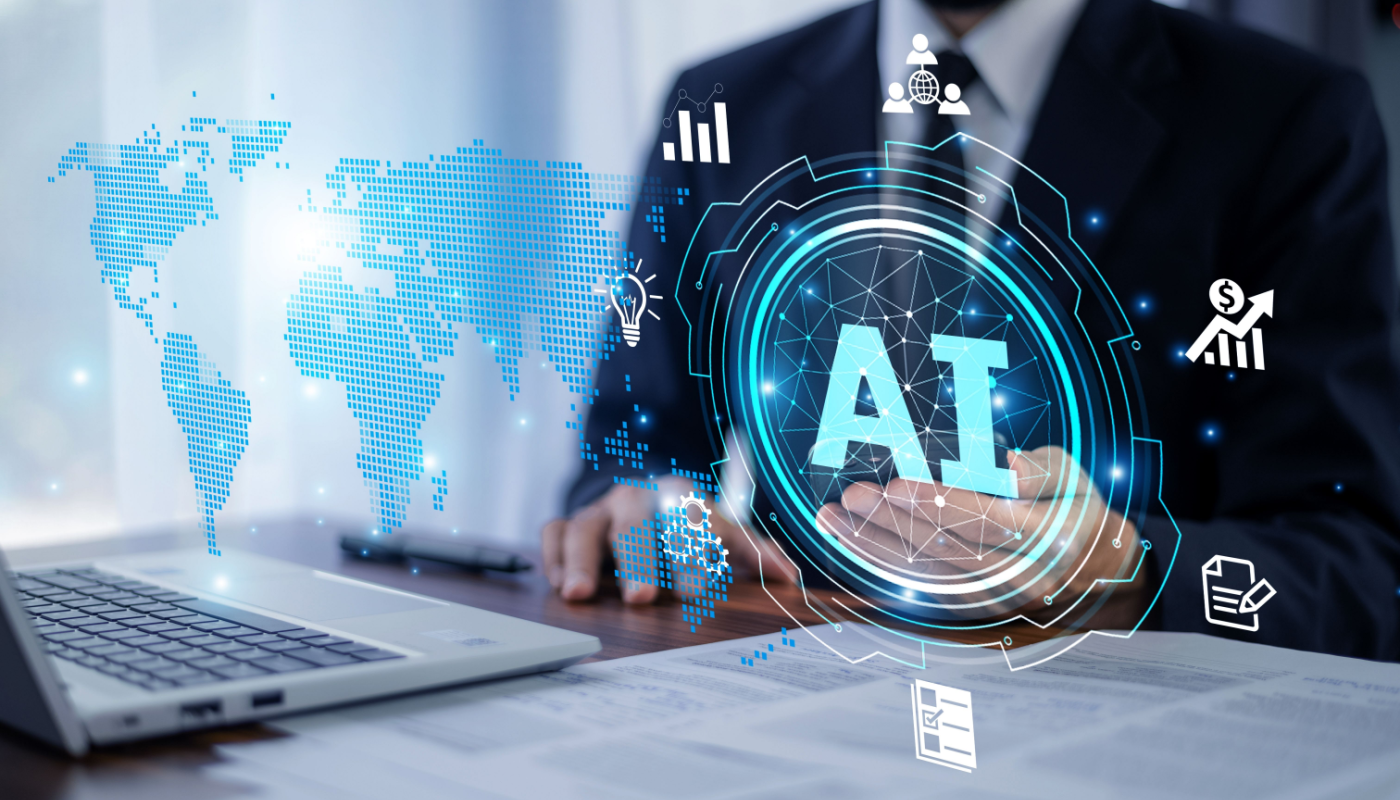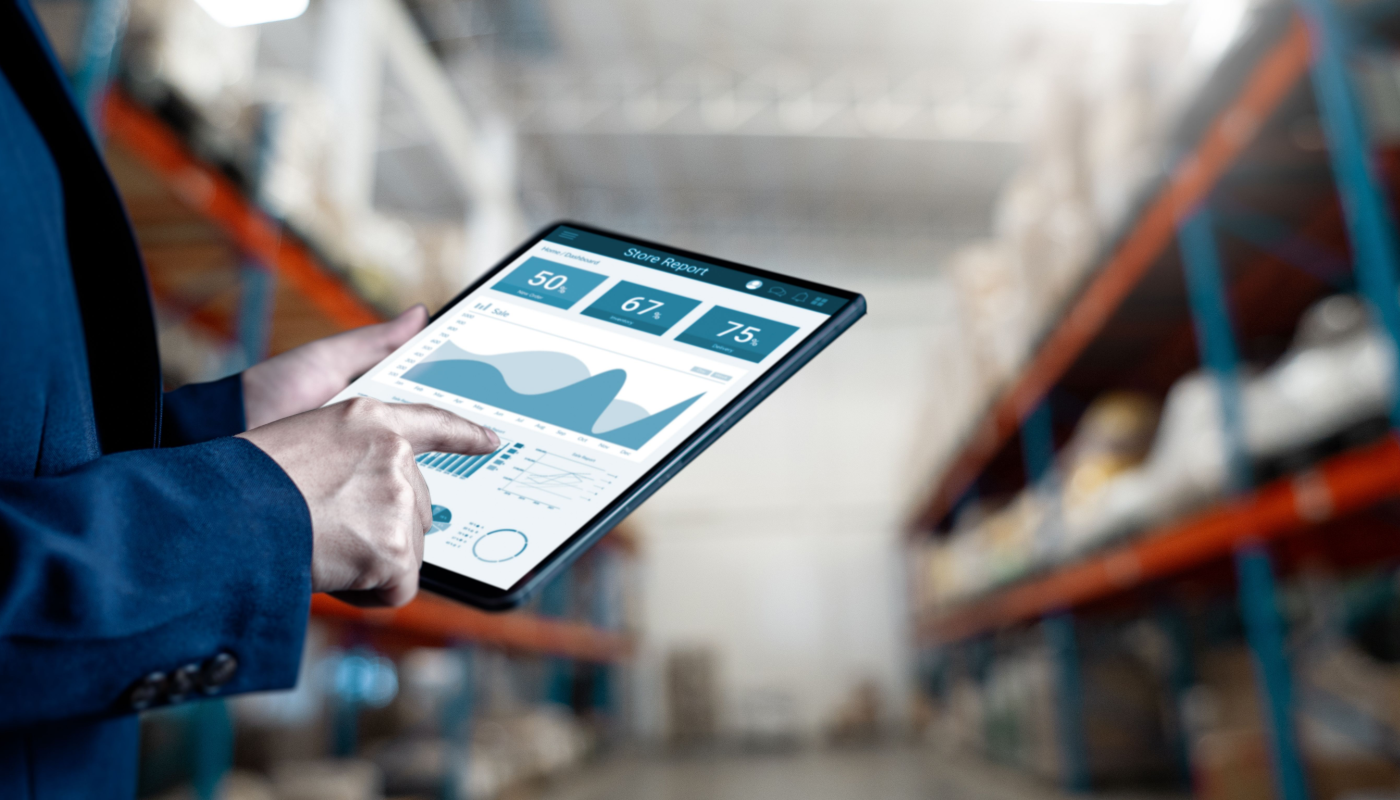Barely a week after the same event in Orlando, I attended the Gartner Supply Chain Symposium in Barcelona this week for the first time. You can read my recap of the Orlando event here. This event in Barcelona had about 2,000 attendees. Just like in Orlando, there was a reasonable mix of people from supply chain, risk management, procurement, IT and many more. This included practitioners as well as exhibitors.
The first keynote was the same as Orlando, but the speaker was different. Gartner Analyst Lindsay Azim presented. Watching it a second time made me realize I had missed a few key points the first time. The thrust of the presentation was on divergence: the thrust of AI into all things, the economic uncertainty, and the existing geopolitical tensions pull us in different directions, creating divergence from the norm. The result of this divergence is that once-reliable operating assumptions are no longer stable (or reliable). And this, in turn, creates opportunities. Up to 75% of CEOs see this as the biggest risk to their business, and they want their supply chains to be more resilient to these changes. So, the key point she talked about was how to take advantage of these divergences. The three main areas she emphasized were:
- Navigate uncertainty using advanced visibility and the future using scenario planning. She highlighted that investment in these areas was rather weak and that companies would do better by investing more in software tools in these areas. She talked about supply chain practitioners as digital drivers using these tools to drive their decision-making. This reminded me of how, very early on, the supply chain planning technologies were called decision support tools. It seems life does go in circles.
- Orchestrate the supply chain by creating elastic supply chains with many options via a diverse physical network and dynamic decision making. In this section, she made an interesting (and true) remark that assets are neither agile nor resilient; instead, it is the people. So, she advocated relying on people to come up with this elastic supply chain. And to get deeply involved in good outcomes for the customers. This meant enhancing customer experience and adapting customer-focused metrics.
- Accelerate our way to a digital future. She pointed out that in a survey, 70+% of respondents had suggested that their current operating model was inadequate for an AI-dominated world. She talked about transitioning from the current way to the future way. “Change is transactional, but transition is emotional” was a memorable line. Her point was that whether a company is an early adopter, a late adopter, or somewhere in between, everyone needs to think about this change. She suggested accelerating by synchronizing innovation ambitions and by leading people through stages of transition, by helping them to let go of the old stuff.
Multiple presenters seemed to make a connection to this keynote. There was a session on driving profitable growth by reducing customer effort by Simon Bailey of Gartner. The central idea was that the easier one makes it for the customer to do business with you, the more loyal that customer becomes. Combined with the fact that it is much cheaper to service an existing customer than to acquire new ones, it seemed like the thing to do.
McKinsey and Company talked about how companies need to think and plan their supply chain around the future, but up to 50% of companies were busy being reactive and firefighting, while less than 20% were digitally optimizing their supply chain and/or working on automation. And from those who are attempting these advanced technologies, many are failing to deliver value. Not because of the wrong technology or the vendor, but instead because of well-known reasons like change management, poor processes, poor data, etc. As a representative of a software company, that resonated with me a lot.
This idea of firefighting was well represented by the guest keynote on day 2 by Peter Hinssen. He spoke about the lack of a “normal” situation in his appropriately titled talk, “The Never Normal”. He talked about how there is always a crisis going on, the speed is increasing, and that 2025 is already more interesting than 2024, which was a crazy year for supply chains. I cannot summarize his whole talk here but let me connect it to McKinsey’s point about firefighting. Peter suggested that companies talk a lot about today, a bit about tomorrow and only sparingly about the day after tomorrow. And then after a pause, he added a big red box to the left, which represented the amount of time spent on talking about “Stuff of Yesterday (SOY)”. (Actually, he used a more colorful word which I am sure you, dear reader, can figure out). His point was that this behavior of spending time on SOY and today and even tomorrow was not going to cut it. Companies need to worry about the day after tomorrow to truly thrive and succeed.
Well, there you have it, my summary of the conference in Barcelona. All in all, a good learning experience.






